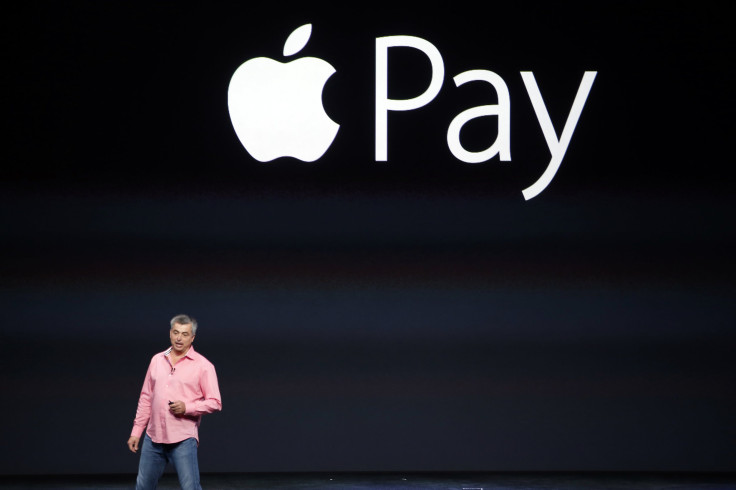Apple Pay Launch Expected To Coincide iOS 8.1 Roll Out On Oct. 20

Apple Pay, the new mobile payment service from the Cupertino, California-based technology giant, is likely to be launched on Oct. 20, a report said Wednesday, adding that the launch of the new service could coincide the release of iOS 8.1, the next firmware update to Apple’s iOS 8 mobile operating system.
Earlier this week, the iPhone maker released the first beta of iOS 8.1 to registered developers, while subsequent reports said that some part of coding inside the firmware was related to Apple Pay. Now, the new report from Bank Innovation has said that Apple included the code to test Apple Pay ahead of its launch.
According to the publication, its sources have been confirming since the Sept. 9 iPhone 6 event that Apple Pay could be attached to iOS 8.1. The new mobile payment service will allow iPhone users to purchase goods and services both online and in physical stores by paying through their handsets. Apple has already got support for the new service from major credit card companies, financial institutions and retailers, iDownloadBlog reported.
In addition, Apple’s partners on its new payment service also include merchants, such as McDonalds, Whole Foods Market and Walgreen.
Apple has already announced that Apple Pay will work with its new iPhone 6 and iPhone 6 Plus, which are equipped with a new technology called near field communication (NFC) that uses a short-range wireless signal to convey data from the device to a store’s payment terminal.
To make a payment, users will be required to swipe an iPhone at the checkout counter of an authorized store and confirm the transaction by using the Touch ID fingerprint scanner on their iPhones.
The NFC technology will allow the iPhone to deliver a digital identifier called a token, which will be instrumental in preventing hacking as it will eliminate the need for merchants to have access to users’ account numbers, Bloomberg reported.
© Copyright IBTimes 2024. All rights reserved.





















